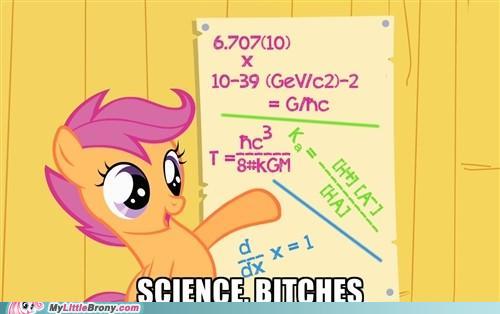This has been making the rounds recently so I imagine a lot of you have already seen this, but if not, have a neat little news tidbit that one of our most ardent commenters, Bamos, reminded me of:
Basically, a bunch of researchers created a puzzle game, called Foldit, which is designed to simulate actual protein folding. The idea was that human players could come up with more interesting solutions to real life problems than the AI could.
This was recently proven true when scientists decided to put a particularly tricky puzzle in the game– a puzzle with an answer that had been evading researches for a decade. Ten days later, it was solved. The article itself explains it best, so let me quote a bit of it:
In the past year and a half, users of the program had demonstrated their potential to solve real protein-folding problems, Baker said, so when Jaskolski came to him with this enigmatic viral protease, they decided to put the gamers to the test. Baker posed the problem to the Foldit players, and watched the responses flood in.
About 600 players from 41 teams submitted more than 1.25 million solutions. Narrowing those down to 5,000, Jaskolski and colleagues subjected them to a computational technique called molecular replacement (MR), which tests the models against X-ray crystallography data. For MR to work, the proposed structure has to be very close to accurate, in which case the MR calculations can help perfect the details. But previous attempts at MR for this protein had failed because the protein models were too far off the mark.
But The Contender’s proposed protein structure was a winner. “When we took [their] model, it was a beautiful fit to the X-ray data so we knew [they] had solved it,” Baker said. “We were just totally blown away. This is the first time that a long-standing scientific problem has been solved by Foldit players, or to my knowledge, any scientific gaming participants.”
The final breakthrough came from Foldit user mimi, a member of The Contenders and a science technician at a high school near Manchester, UK, who has been playing Foldit for about 3 years. She “tucked in a flap” of the protein that was sticking out, she explains, to make the protein more “globular.” But she emphasizes that “the achievement was very much a group effort,” noting that it wasn’t possible for her to tuck in the flap until others in the group had made their key adjustments to the protein’s structure.
“It’s kind of an unprecedented case of using computing non-specialists to solve a longstanding scientific problem,” said Alexander Wlodawer, chief of the Macromolecular Crystallography Laboratory at the National Cancer Institute.

What I like here is that this isn’t just “gamers vs. scientists” or “real people vs. computer programs” or anything. It’s a lot of people (and AI) working in tandem to figure this stuff out. And this time, a game happened to be at the center of it.
The fact that gamers played an integral role here shouldn’t come as much of a shock to anyone who has spent a lot of time around Elitist Jerks, CivFanatics or SimCity Devotion. Heck, remember Magnasanti, brought to us by the guy who “beat” SimCity? Even little kids memorize hundreds of Pokemon and all the moves and combat details inherent to gameplay. Humans hate math and theories in school, but they sure do love it when they can apply it to a game. Perhaps because there’s a tangible feeling of mastery, or perhaps because it’s a competition. Maybe it’s just because it’s fun. Who knows? The point is that it works.
And so finally we have the news pointing out to the public what all of us who have grown up knee-deep in video game subcultures have known for a long time: that we’re all a bunch of anal-retentive nerds, and that this isn’t necessarily a bad trait.
Bring it on, science!
